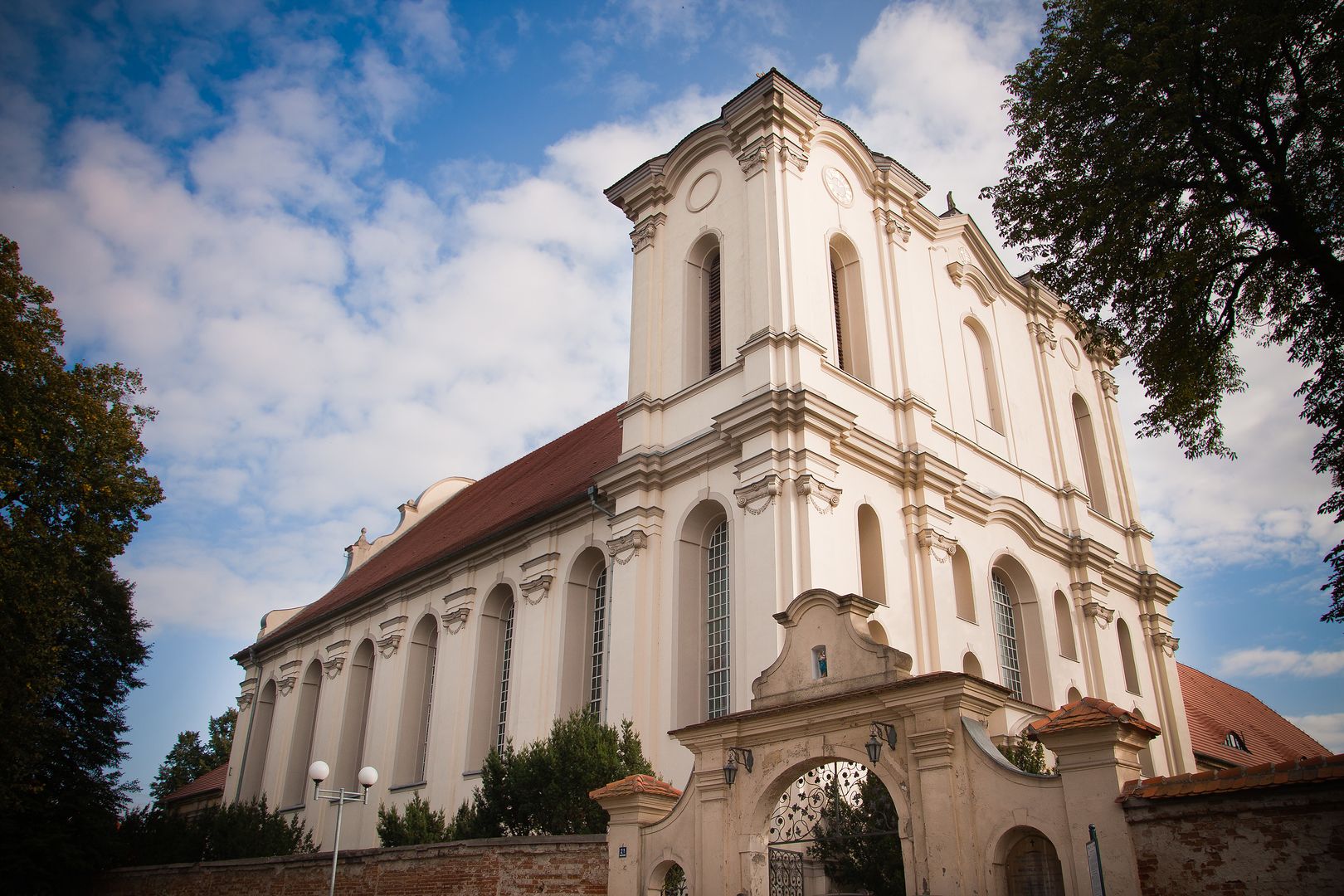Wągrowiec
6.94

Overview
Wągrowiec, a city in the Greater Poland Voivodeship, is one of the historical centers associated with the Cistercians, who settled here in the 14th century. Founded around 1300, the city was granted municipal rights in 1381, and the Cistercian monastery became the focal point of religious and cultural life. In Wągrowiec, it is worth paying attention to numerous historical monuments, including the Parish Church of St. James the Apostle and the 18th-century post-Cistercian monastery. The city also boasts an interesting geographical phenomenon—the artificial confluence of the Wełna and Nielba rivers, known as a bifurcation, as well as the "Dębina" nature reserve, home to ancient oak trees.
Wągrowiec hosts numerous cultural events, including gatherings at the amphitheater and exhibitions at the regional museum. The city is also a hub for active sports, with the Nielba Wągrowiec club and various cycling and water routes, attracting tourists. Another interesting aspect is Wągrowiec's international cooperation with several cities, fostering cultural exchange. In terms of education, the city is home to numerous schools, including branches of higher education institutions, which enrich the local community. Wągrowiec is also distinguished by its artisanal traditions, particularly in furniture production, which contributes to the local economy. With its rich cultural heritage and history, the city is an important point on the map of Greater Poland, blending tradition with modernity.
Location
2025 Wizytor | All Rights Reserved